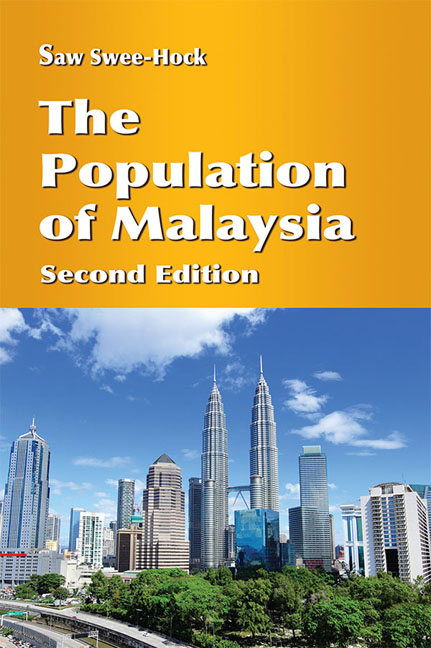Book contents
- Frontmatter
- Contents
- List of Tables
- List of Figures
- Foreword
- Preface
- 1 Introduction
- 2 External Migration
- 3 Internal Migration
- 4 Ethnic and Religious Patterns
- 5 Population Growth and Distribution
- 6 Population Structure
- 7 Nuptiality Trends and Patterns
- 8 Fertility Trends and Differentials
- 9 Mortality Trends and Differentials
- 10 Labour Force
- 11 Future Population Trends
- Bibliography
- Index
11 - Future Population Trends
Published online by Cambridge University Press: 19 May 2017
- Frontmatter
- Contents
- List of Tables
- List of Figures
- Foreword
- Preface
- 1 Introduction
- 2 External Migration
- 3 Internal Migration
- 4 Ethnic and Religious Patterns
- 5 Population Growth and Distribution
- 6 Population Structure
- 7 Nuptiality Trends and Patterns
- 8 Fertility Trends and Differentials
- 9 Mortality Trends and Differentials
- 10 Labour Force
- 11 Future Population Trends
- Bibliography
- Index
Summary
INTRODUCTION
In this final chapter, we will attempt to examine the most plausible course of population trends and patterns in Malaysia in the near future. This can be accomplished by projecting the mid-year base population into the future on the basis of certain assumptions concerning the future path of fertility, mortality and migration. The population projections are usually prepared by the component method, which involves the separate projection of the number of males and females in each quinary age group of the population. The figures for the base population by sex and quinary age group from age 0 to, say, age 85 are derived from a census of population.
Since the base population is divided into quinary age groups, the projections would be computed for five-year intervals of time so that at the end of the period all the survivors of one age group would have moved into the next older age group. Each cohort of the sex-age group is diminished to account for the impact of mortality over time. This step requires a set of five-year survival ratios (Px) which are deemed to represent mortality in each cohort during specific periods of time subsequent to the date of the base population. A multiplication of the relevant survival ratio in each sex-age group by the relevant survival ratio will give us the estimated number of persons five years older at a date five years later. A repetition of this procedure will yield the projected population ten years older than those at the base date and at a date ten years later.
The second step involves the task of estimating the future number of children born in each five-year time interval subsequent to the base date in order to fill in the vacuum in the first age group 0–4 at periods of time five years later. To begin with, it is necessary to fix the most plausible assumption concerning the future cause of fertility in terms of the total fertility rate with its equivalent age-specific fertility rates from age 15 to 49. These rates are then employed in conjunction with the female population within the reproductive age range to derive the estimated number of births in the various five-year periods.
- Type
- Chapter
- Information
- The Population of Malaysia , pp. 191 - 198Publisher: ISEAS–Yusof Ishak InstitutePrint publication year: 2015



